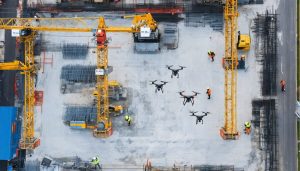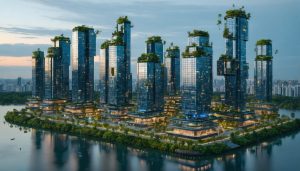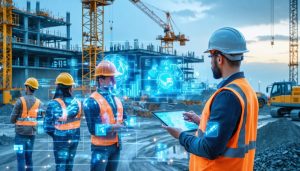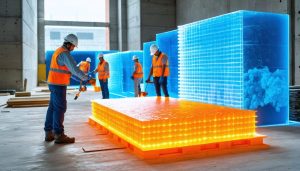
Decentralized Internet: The Missing Link in Energy Infrastructure Evolution
The quest for a decentralized internet represents one of the most significant technological challenges of our era, promising to reshape how we architect and distribute digital infrastructure. As construction and energy professionals grapple with implementing distributed systems, the technical feasibility of a truly decentralized internet has moved from theoretical concept to practical necessity. Recent advances in blockchain technology, mesh networking, and distributed storage systems have demonstrated that decentralized architectures can support critical infrastructure requirements while enhancing security and resilience.
Industry …









